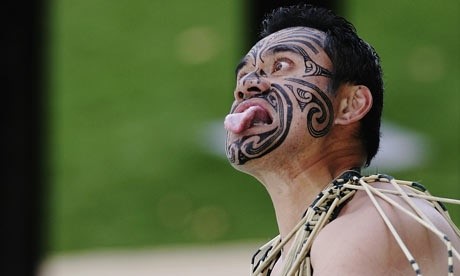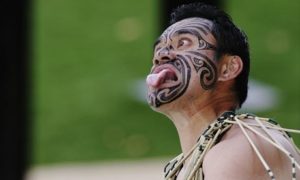Earlier this year, from March 30 to April 1, the World Intellectual Property Organization (WIPO) put on the Seminar on Intellectual Property and Genetic Resources, Traditional Knowledge and Traditional Cultural Expressions: Regional, National, and Local Experiences (Seminar). Justice Joseph Williams of the High Court of New Zealand expressed, in his opening address, his belief that the seminar was “an opportunity to take stock, evaluate why the subject is important in the world legal order, and why movement is required.” Globally, indigenous cultures have been subject to rampant cultural appropriation of their traditional knowledge (TK). On the international stage, little has been done until recently to provide protection. But the problem is that intellectual property laws traditionally can do little to provide protection. Finding a solution to such a delicate and complicated issue is why seminars like this are important.
The Director General of the WIPO could not have been more correct in his assertion that the seminar was timely. There has been greater recognition in recent years of the effects of cultural appropriation on indigenous peoples. For example, in 2009, the Maori of New Zealand were officially handed back control of the Haka war dance after a decade of legal battles. The dance was being appropriated by the New Zealand All Blacks rugby team. Cultural appropriation like this undermines the traditional significance, including the spiritual value, of cultural property and TK. And for the Maoris (and many other indigenous peoples), such cultural appropriation is not an isolated incident.
Sometimes, like in the case of the Haka dance, indigenous peoples gain back control of cultural heritage. However, even in that instance, the agreement reached between the Maoris and the New Zealand government is seen as largely symbolic. This is because, in many cases, traditional intellectual property legal schemes cannot adequately protect indigenous intellectual property. Intellectual property rights, as they currently exist, are meant to protect individual innovation and only for a limited time period. But indigenous TK is traditionally “communally generated and collectively owned.” Without some sort of modification, or a completely different intellectual property system, indigenous TK will continue to be inadequately protected.
However, coming up with a solution to this problem has been difficult. The WIPO’s own committee on the issue was prevented from meeting this year due to internal disagreements. The Seminar’s aim was to bring together different viewpoints and to “exchange experiences of treatment of traditional knowledge,” And there were many differing solutions brought to the table from around the world. No two were alike. And while regional approaches may have their benefits, without an international intellectual property scheme, how would indigenous peoples protect their TK from being exploited oversees?
Although there are disagreements within the international community about what to do to protect indigenous intellectual property, the goal should be to implement an international legal scheme. Some governments and communities are already on board with an international solution and “have called for an international legal instrument providing sui generis protection.” An international solution would standardize indigenous intellectual property rights and provide some measure of certainty to indigenous peoples that their TK will not be exploited. Current intellectual property legal schemes are inadequate to protect indigenous inellectual property, but protection is sorely needed. The Seminar is an important step to hopefully reach international consensus on how to best approach the situation.
Allison Derschang is a 2L at the University of Denver Sturm College of Law and a staff editor for the Denver Journal of International Law and Policy



